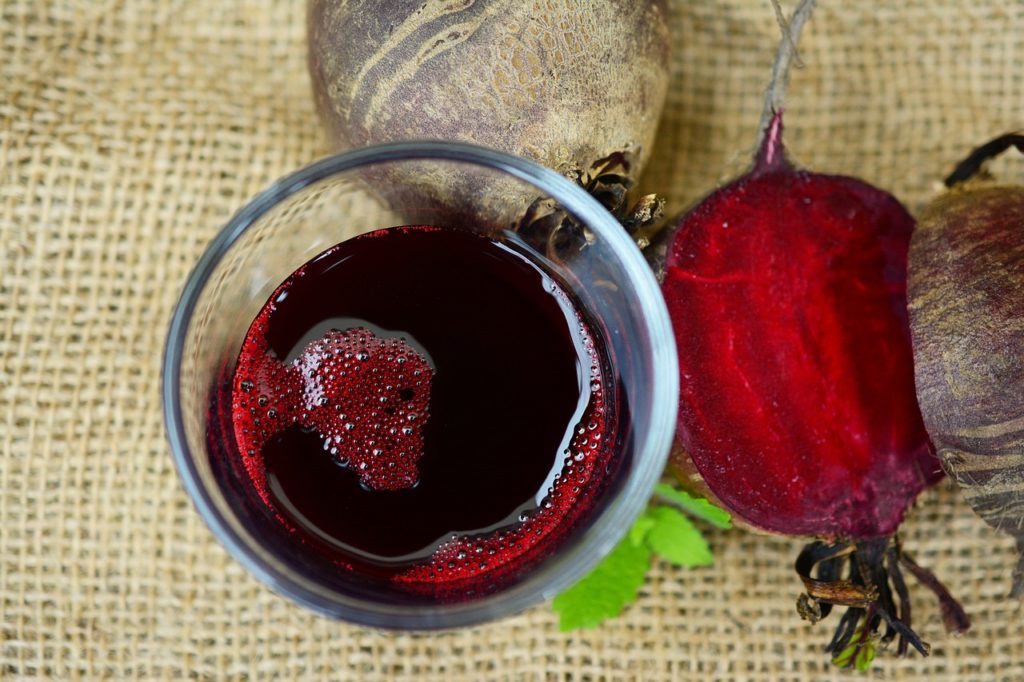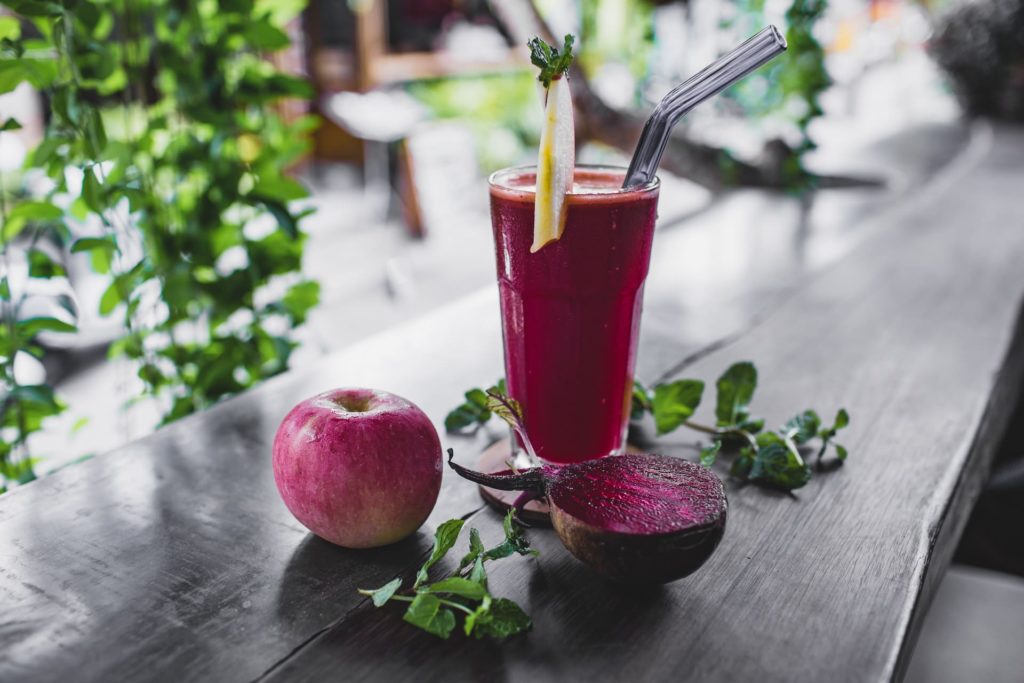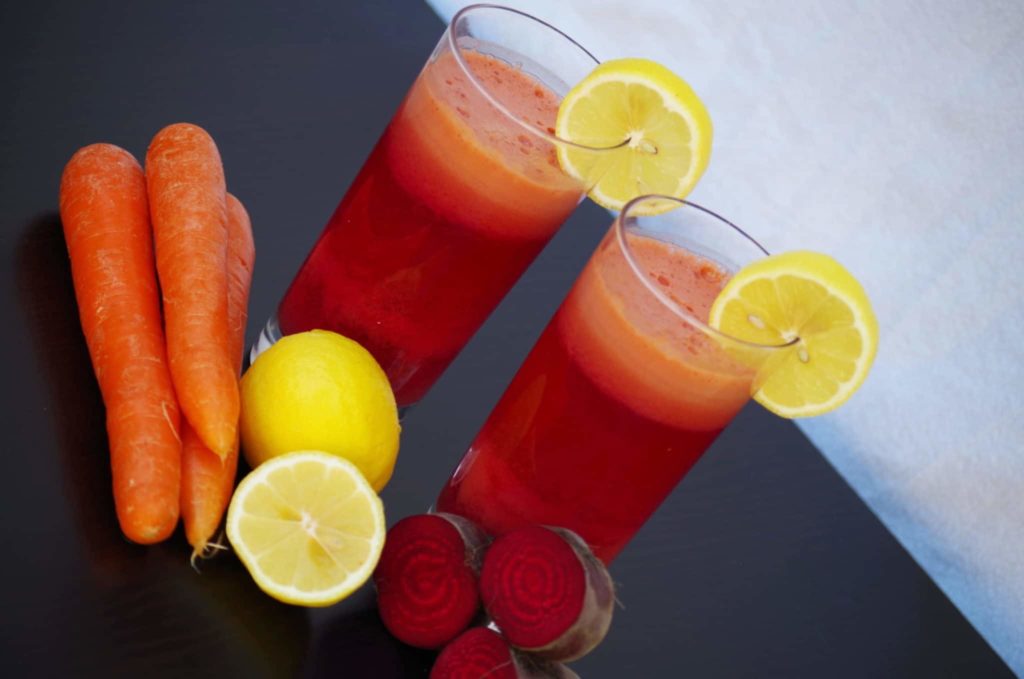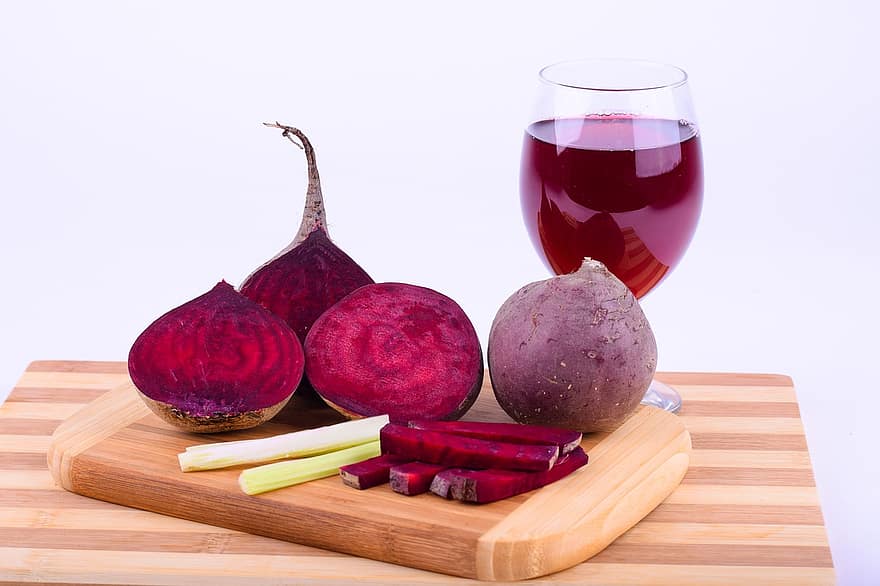What you eat significantly influences your body’s risk of developing diseases. With a proper diet, you can avoid conditions like high cholesterol, obesity, and high blood pressure, which can all lead to more life-threatening diseases. The good news is nowadays, in the UK, it’s easy to get access to ingredients that will make a healthy diet.
The majority of these foods are crops that you can grow in a greenhouse. They are delicious and flavorful for various recipes. Let us see in detail how eating these foods prevents diseases.
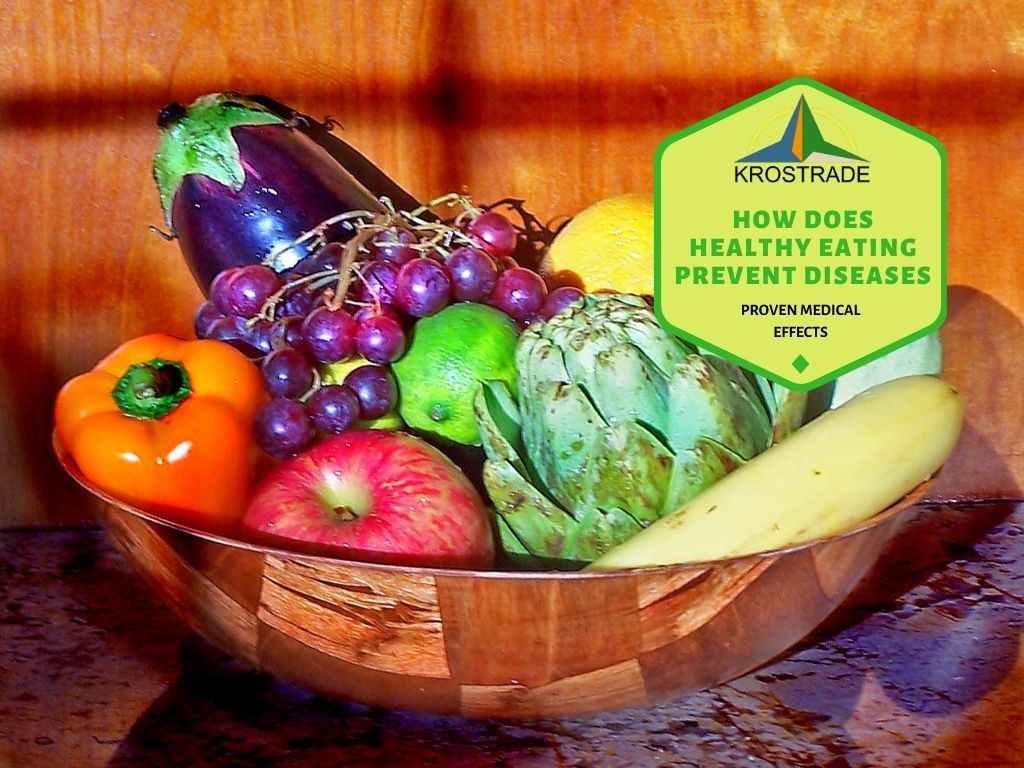
A Healthy Diet Boosts Good Cholesterol
What is bad cholesterol?
Our bodies need cholesterol to build cells, but having a high cholesterol level leads to different complications. These include heart diseases, neurological damages, and painful gallstones. With a healthy diet, you can boost good cholesterol and decrease the bad cholesterol in your body.
A high level of bad cholesterol or LDL puts you at risk for heart diseases and even stroke. Excess cholesterol can also damage the brain and lead to memory loss and difficulty memorising, moving, and speaking. And in the digestive system, too much cholesterol in the bile can form painful stones in the gallbladder.
What is good cholesterol?
HDL acts as a filter for the excess cholesterol in your body. If your body’s HDL amounts are healthy, it can prevent plaque buildup in your arteries. This way, the liver can expel the bad cholesterol in your body.
Therefore, you want foods that can boost your good cholesterol to maintain it at 60 mg/DL. At the same time, avoid and regulate the consumption of foods that can raise your LDL levels. Our diet plays a significant role in managing both good and bad cholesterol.
How does a healthy diet boost good cholesterol?
Sticking to a healthy diet will prevent you from consuming foods that are high in trans fats. An ideal cholesterol intake for a day should only be less than 200 mg. This means that you should limit your meat consumption, full-fat dairy products, fried foods, junk foods, and fast foods.
A healthy diet will also boost your good cholesterol, filtering out the bad cholesterol in the body. Foods rich in good cholesterol such as fruits, vegetables, soy, and fish are essential components of a healthy diet. Eating these foods instead of high in trans fat will boost the body’s good cholesterol level.
What to eat to boost healthy cholesterol
Fruits
Replace your baked and frozen goods that are high in sugar with fruits. Why do fruits boost healthy cholesterol? Simplistically, fruits are high in fibre, which helps manage cholesterol absorption into your bloodstream.
You can grow your berries, avocados, apples, pears, and melons in a polytunnel to get a fresh harvest year-round. They can help curb your cravings for sugary and processed foods because they are also sweet and filling. You can even get healthy fats with avocado because it’s a good source of monounsaturated fat that can lower the LDL in the body.
Vegetables
Speaking of foods you can grow in a greenhouse, why not add green leafy vegetables like cabbage, kale, and spinach to further boost your HDL levels? Along with eggplants, beets, red bell peppers, and tomatoes, these vegetables are rich in antioxidants and anthocyanins that increase the HDL levels in the body. Therefore, eating an antioxidant-rich diet will help you lower the bad cholesterol and risk for dangerous diseases.
Crops like spinach, tomato, lettuce, and kale are easy to grow but give you many health benefits in return. These vegetables have protective effects against heart diseases because of the nutrients they offer. More so, they are rich in vitamins like niacin that can raise HDL levels.
Soy
Soy is another food that will raise the HDL levels of the body. This is because it’s a good source of isoflavones. These compounds can raise your good cholesterol by as much as 3%.
At the same time, soy is rich in protein. This makes it a suitable replacement for meat and decreases the bad cholesterol you eat. Soy also plays a role in weight loss to promote good cholesterol in the body much further.
Fish
Besides avocado, another good source of good fats is by eating fish. Fish raises your HDL level because of its omega-3 fatty acids. They include tuna, salmon, and mackerel.
These fishes are fatty, and you can eat them twice a week. Because they are rich in omega-3 fatty acids, including fishes in the diet can help you lower the risk of developing heart diseases. This is also related to how HDL can help the body filter out lousy cholesterol.
A Healthy Diet Will Prevent Obesity
A healthy diet will curb obesity, which will also prevent the development of diseases like high blood pressure, diabetes, heart and gallbladder diseases, stroke, osteoarthritis, mental illnesses, body pain, and even death. Obesity affects the quality of life and functioning, so you must maintain a healthy lifestyle, including a full of nutritious foods.
What to eat to prevent obesity
Eating fruits and vegetables, whole grains, and lean meat will prevent obesity, not only because of their nutrients. They will also help you stick to a healthy diet instead of developing a liking for processed and fast foods, alcohol, and soda that can cause obesity. As you notice, the fruits and vegetables that can help boost the good cholesterol in the body are essential components of a diet for preventing obesity.
Fruits and vegetables
Eating fruits and vegetables is necessary to manage and maintain healthy body weight. This is because they are rich in fibre and water, which helps digestion and prevents unhealthy foods’ cravings. At the same time, whole fruits and vegetables of different colours are a source of vitamins and minerals that are essential for good health.
Spinach, lettuce, cucumbers, broccoli, squash, onions, tomatoes, bananas, and strawberries are good examples of fruits and vegetables for managing weight. They are crops that you can grow in the backyard, and they make an excellent replacement for unhealthy ingredients and meals. They can turn the dish into a low-calorie version to help you prevent obesity.
Whole grains
Whole grains like brown rice, barley, and whole wheat are also helpful to create a healthy diet for preventing obesity. This is because the body digests them more slowly than refined grains. Therefore, you’re less likely to feel hungry frequently.
Whole grains can help manage body weight. As a result, it will be easier for you to maintain healthy body weight. And because they make you feel full, you also wouldn’t feel too restricted with foods and avoid relapsing towards unhealthy meals.
Lean meat
It can be challenging for some to let go of meat in their diet. However, you can swap red meat with healthier lean beef. Lean meat can help manage weight and even support weight loss because it has lower fat content than red meat.
Meats like chicken and salmon have lower fat content than meats like a pork chop. Hence, they will help you manage your calorie intake. Lean meats are also a good source of protein, which can substitute carbohydrates to reduce hunger and prevent obesity.
A Healthy Diet Will Manage Blood Pressure
What we eat impacts our blood pressure. If we regularly monitor our blood pressure and maintain it between 90/60mmHg and 120/80mmHg, we are also at a lower risk of developing life-threatening conditions. Persistent high blood pressure can lead to cardiovascular diseases like heart attacks, heart failure, aortic aneurysms, vascular dementia, and even strokes and kidney diseases.
What to eat to manage blood pressure
You can manage your blood pressure by consuming a diet composed of leafy greens, herbs, red beets, and fruits. Like foods that can boost healthy cholesterol and prevent obesity, these crops are easy to grow in a greenhouse. Therefore, it’s realistic always to include them in the diet because you have the source directly from the backyard.
Leafy greens
Leafy greens like kale, spinach, collard greens, romaine lettuce, arugula, and Swiss chard are good for managing blood pressure because they are rich in potassium. Put that potassium helps your body excrete sodium through urine. As a result, the removal of sodium will lower your blood pressure.
Some nutrients that can help with hypertension or high blood pressure are lutein and nitrates as well. You can find them in green leafy vegetables. Lutein helps prevent atherosclerosis, while eating sources of nitrates reduces blood pressure, as seen in different studies.
Herbs
Herbs and those we typically use as flavour enhancers like garlic are also advantageous for those suffering from hypertension. For example, basil, rosemary, thyme, and cinnamon are some herbs that can block the substances that narrow the blood vessels. At the same time, studies showed how basil and lavender lower blood pressure.
Garlic is another popular remedy for lowering blood pressure. The reason why it’s effective is that it promotes vasodilation by increasing the nitric oxide we produce. Garlic is also a source of allicin, which inhibits ACE that will reduce blood pressure.
Red beets
Besides garlic, red beets also help with vasodilation because they are rich in nitric oxide. Drinking beet juice can lower blood pressure within hours of drinking it. Therefore, one can assume that drinking beet juice continuously can significantly manage blood pressure levels.
What’s excellent with this crop is that it is easy to grow in your polytunnel because it only takes 50 to 70 days to harvest. You can even have year-round production of beets. And more than just juice, you can eat them like chips and stir-fry as well.
Fruits
Fruits like berries, bananas, and watermelons can aid in lowering blood pressure. For starters, berries are a good source of flavonoids. These compounds affect the body’s nitric oxide levels, and some berries like blueberries are even rich in anthocyanins that help with the function of the cells that line the blood vessels.
Bananas and watermelons also play a role in regulating the body’s blood pressure. Bananas are rich in potassium that exudes its effects on sodium. On the other hand, watermelons contain citrulline that helps in the production of nitric oxide.
What Is A Healthy Diet?
A healthy diet is a meal that will provide your body with a balance of essential nutrients. This will help you avoid and combat diseases, including conditions like high cholesterol, obesity, and high blood pressure. But what are the components of a healthy diet?
What you eat every day should be composed of different foods that will give you vitamins and minerals, antioxidants, carbohydrates, fibre, healthy fats, and protein. To provide you with an idea of what your plate should look like, half of the plate should be a variety of whole fruits and vegetables, whole grains, low-fat dairy, and different protein sources. You can refer to Krostrade.com to know more about greenhouses, so you can always have your fruits and vegetables at home.
Conclusion
Having a healthy diet plays a significant role in preventing diseases. This is because eating nutritious food can boost the body’s healthy cholesterol, avoid obesity, and lower blood pressure. These conditions lead to various life-threatening illnesses, so it’s essential to prevent and manage them.
Besides regular check-ups and an active lifestyle, ensure that half of the plate you eat are fruits and vegetables. They are full of nutrients and antioxidants that help reduce bad cholesterol, manage weight, and avoid hypertension. To ensure that you are always getting your supply of fruits and vegetables, learn how to grow them yourself in a greenhouse in the United Kingdom.
Growing these crops in a polytunnel is straightforward. You need to learn the conditions each plant requires and monitor their health. With the proper greenhouse, it’s easy to do these requirements to ensure a continuous supply of disease-preventing foods for your meals.





